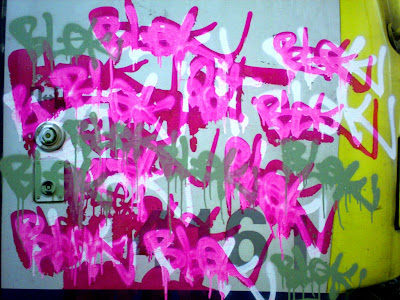

Stargazers in the southern hemisphere should look up towards the centre of the Milky Way, where Messier 4 can be found in the Scorpius constellation between Libra and Sagittarius.

It can be seen through telescopes and captured with a good camera. Messier 4 is the closest globular cluster to Earth. The research also used data from the Hubble Space Telescope. Future Gaia Data Releases, as well as follow-up studies from the Hubble and James Webb Space Telescopes could shed further light.”Ī paper summarising the research was published today in Monthly Notices of the Royal Astronomical Society. “Data from Gaia Data Release 3 on the proper motion of stars in the Milky Way was essential in this study. It’s about becoming more certain of a conclusion step by step, and this could be one step towards being sure that intermediate-mass black holes exist,” explains Gaia mission scientist Timo Prusti. “Science is rarely about discovering something new in a single moment. Weighing in at about 100 to 1 million Suns, intermediate-mass black holes would be the link between the two. Most black holes that we know of are either the smaller ‘stellar-mass’ remnants of giant stars (up to 100 times the mass of the Sun) or the supermassive central anchors of large galaxies (billions of times the mass of the Sun). “So one of the possible theories is that rather than being lots of separate small dark objects, this dark mass could be one medium-sized black hole.”Īstronomers have been pondering these ‘intermediate-mass black holes’ for over two decades, but conclusive proof that they exist remains elusive. “Using the latest Gaia and Hubble data, it was not possible to distinguish between a dark population of stellar remnants and a single larger point-like source,” says Eduardo Vitral from the Space Telescope Science Institute, who led this research. But the mass at the centre of Messier 4 looks different – despite being especially large, it seems to be squeezed into a surprisingly small volume of space. It is normal for globular clusters to have dark centres made up of many dead stars. When ESA’s Gaia spacecraft scanned the Scorpius constellation and its ancient globular star cluster Messier 4, it captured something strange: a huge dark blob at the cluster’s centre, 800 times more massive than our Sun.


 0 kommentar(er)
0 kommentar(er)
